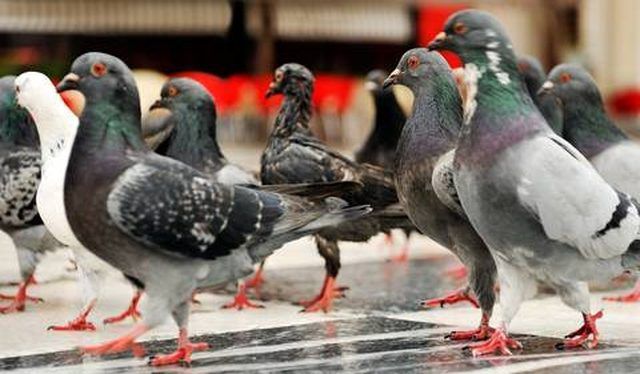Bulbs
Flower Basics
Flower Beds & Specialty Gardens
Flower Garden
Garden Furniture
Garden Gnomes
Garden Seeds
Garden Sheds
Garden Statues
Garden Tools & Supplies
Gardening Basics
Green & Organic
Groundcovers & Vines
Growing Annuals
Growing Basil
Growing Beans
Growing Berries
Growing Blueberries
Growing Cactus
Growing Corn
Growing Cotton
Growing Edibles
Growing Flowers
Growing Garlic
Growing Grapes
Growing Grass
Growing Herbs
Growing Jasmine
Growing Mint
Growing Mushrooms
Orchids
Growing Peanuts
Growing Perennials
Growing Plants
Growing Rosemary
Growing Roses
Growing Strawberries
Growing Sunflowers
Growing Thyme
Growing Tomatoes
Growing Tulips
Growing Vegetables
Herb Basics
Herb Garden
Indoor Growing
Landscaping Basics
Landscaping Patios
Landscaping Plants
Landscaping Shrubs
Landscaping Trees
Landscaping Walks & Pathways
Lawn Basics
Lawn Maintenance
Lawn Mowers
Lawn Ornaments
Lawn Planting
Lawn Tools
Outdoor Growing
Overall Landscape Planning
Pests, Weeds & Problems
Plant Basics
Rock Garden
Rose Garden
Shrubs
Soil
Specialty Gardens
Trees
Vegetable Garden
Yard Maintenance
How to Stop a Bird from Perching
How to Stop a Bird from Perching. Birds are fun to watch and enjoy, but when they perch in the wrong places, they stop being quite so wonderful. It's not difficult to keep birds from perching in undesirable areas, but you'll have to use some ingenuity and a little bit of elbow grease to make your deterrents effective.

Birds are fun to watch and enjoy, but when they perch in the wrong places, they stop being quite so wonderful. It's not difficult to keep birds from perching in undesirable areas, but you'll have to use some ingenuity and a little bit of elbow grease to make your deterrents effective.
Things You'll Need
Balloons
Permanent marker
Plastic owls
Window ledge spikes
Wire screens
Netting
Child's pinwheel
Determine why the birds are perching. Birds perch, settle and build nests because the area provides food, water, shelter or safety. Birds can be attracted by reflections or shiny objects. When you figure out why the birds are perching, then you can work toward eliminating the attraction.
Pick your deterrent. Birds can become pests if there is abundant food near their chosen spot, so block or eliminate the food source. If the birds feel safe, shake up their world with fake predators, such as a fake owl, pinwheels or big balloons with eyes drawn on them. If birds are burrrowing in your eaves or storm drains, screens can block their access to those areas.
Prepare your deterrent. Buy ready-made spike strips, or create them yourself with a board, a drill and nails (see Resources). Draw huge eyes on balloons. Cut pieces of screen that will fit into eaves or storm drains.
Position the deterrent. Place your deterrents near enough to the birds' perching or nesting sites to be effective. If you are using window spikes, fasten them down with glue or nails. When using pinwheels, which are lightweight and easily blown away, bury the base deep enough in sand or dirt to keep them secure. Tie the balloons with eyes painted on them close to the area where the birds congregate. Secure netting around any plants that the birds are feeding on, if those plants cannot be removed. Cover car rear-view mirrors or other shiny objects with cloth.
Change the location of the deterrent frequently. Birds will become accustomed to scare devices, so move or change them frequently. Scarecrows and other similar objects become ineffective once the birds realize the objects are harmless.
Tips & Warnings
Hang plastic strips at the entry of open sheds and barns. Birds think the strips are a closed door and will not enter.
Glue traps are inhumane and can be messy. Chemicals can create hazards to other wildlife, plants and people.